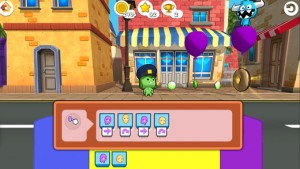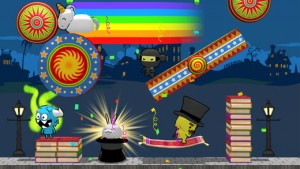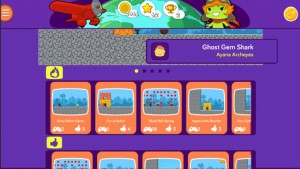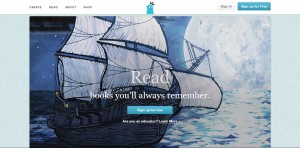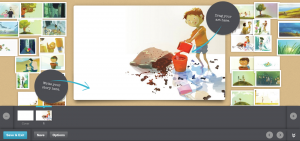Curriculum Strand: Digital Technology (process and production skills)
Curriculum Sub Strand: Generating and Designing
Curriculum Link:
Explore how technologies use forces to create movement in products (ACTDEK002)
Sequence steps for making designed solutions and working collaboratively (ACTDEP009)
Year Level: F-5
Link to Resource: http://thefoos.com/
Description:
The Foos is a free App that allows students to learn programming skills through engaging activities. The students build their understandings of complex computer concepts by controlling characters and completing various tasks. The App has over 40 activities that require students to recognise patterns, sequence, identify and test solutions to problems. The Foos is an interactive resource that allows teachers to provide scaffolded learning experiences as it caters for young children who have limited programming knowledge or literacy levels. The program has been designed so there are no reading components and as a result, younger students are able to become engaged and obtain a deeper understanding of core computer science concepts.
Cross Curriculum Priorities and General Capabilities: The Foos can be incorporated across multiple cross curricular priorities and support majority of the seven general capabilities.
Cross Curricular Priorities
- Asia and Australia’s engagement with Asia
- Sustainability.
General Capabilities
- Literacy
- Numeracy
- Information and communication technology (ICT) capability
- Critical and creative thinking
Links to other learning areas: Mathematics and English
A classroom activity using this resource:
The Foos App could be used as a mathematics resource to introduce the concept of direction and sequencing within the junior primary years. Through this resource the students are able to enter directions that their characters must follow in order to complete various tasks. The App allows students to develop their understandings through fun and engaging activities. Additionally the App provides the opportunity for students to further extend their understandings as they investigate how various technologies, such as computers, respond to instructions that the user inputs.
Reference:
CodeSpark. (2015). The Foos Learning to program is now child’s play. Retrieved from http://thefoos.com/
Australian Curriculum Assessment and Reporting Authority [ACARA]. (2016). Technology. Retrieved from http://v7-5.australiancurriculum.edu.au/technologies/digital-technologies/curriculum/f-10?layout=1
Itunes. (2016). The Foos Coding 5+ | Make games! Kids learn programming logic. Free. Retrieved from https://itunes.apple.com/gb/app/id923441570?mt=8


